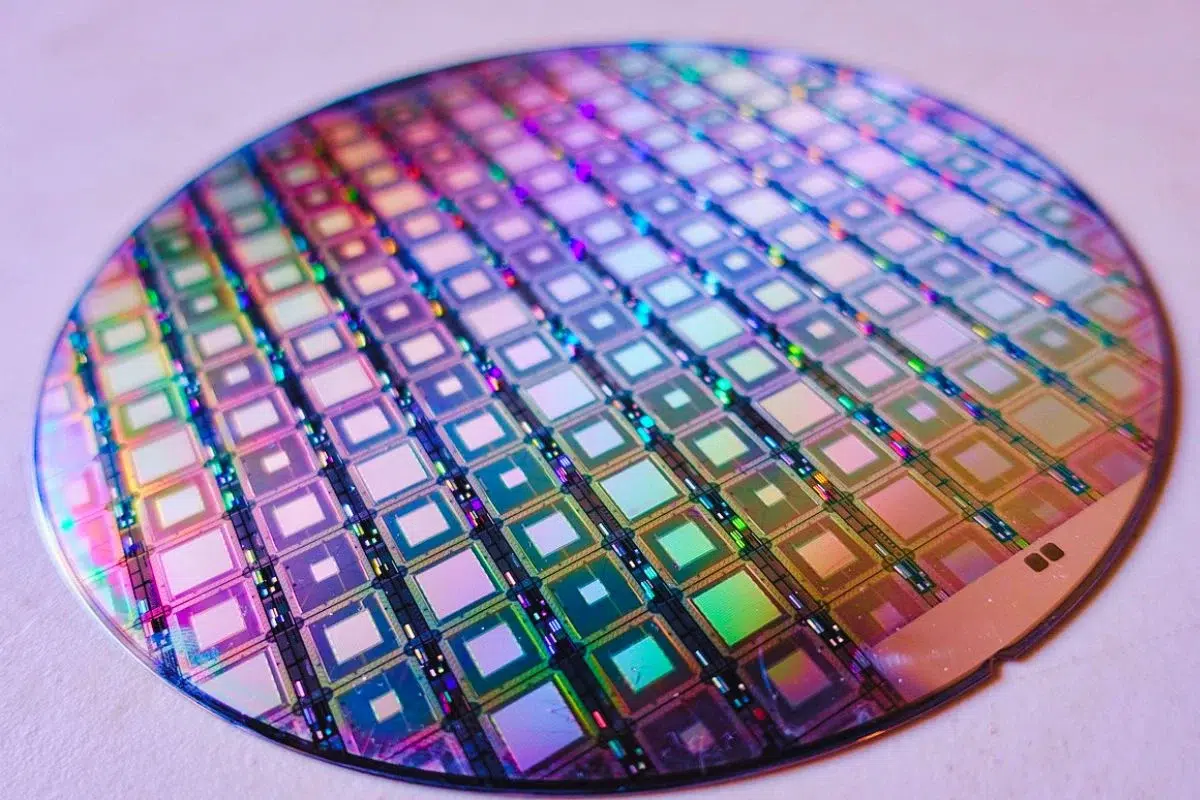Quantum computing faces a revolutionary breakthrough as researchers from the Georgia Institute of Technology and the University of Alabama unveil a groundbreaking polymer capable of maintaining quantum coherence at room temperature. This innovation addresses the industry’s most expensive challenge : the need for extreme cooling systems that currently cost billions globally.
Revolutionary polymer eliminates extreme cooling requirements
Traditional quantum computers demand temperatures near absolute zero (-273°C) to preserve qubit stability. These cryogenic systems require massive infrastructure, specialized facilities, and continuous energy consumption. The newly developed conjugated polymer fundamentally changes this paradigm by enabling quantum states to persist in ordinary environmental conditions.
The polymer’s molecular architecture incorporates two complementary building blocks : a dithienosilole donor unit and a thiadiazoloquinoxaline acceptor. This carefully engineered structure allows unpaired electrons carrying quantum spin to circulate without excessive agitation. Scientists deliberately inserted a silicon atom within the donor unit, creating molecular twisting that prevents polymer chains from stacking too closely together.
This molecular engineering prevents destructive spin interactions while maintaining quantum properties. Long hydrocarbon chains added to the polymer’s periphery further enhance solubility and prevent clustering. The result is a processable quantum material that functions as a p-type semiconductor, depositable as thin films without degradation through repeated use.
Traditional Quantum SystemsNew Polymer Technology-273°C operating temperatureRoom temperature operationComplex cryogenic infrastructureStandard circuit integrationLimited scalabilityPrintable and flexibleHigh energy consumptionEnergy-efficient operation
Scientific breakthrough enables practical quantum integration
The polymer’s unique properties allow seamless integration with conventional electronic devices, creating hybrid quantum-classical systems. Both charge and spin coexist within the same molecular structure, enabling devices to simultaneously process and store information in quantum form. This dual functionality opens unprecedented possibilities for compact quantum processors.
Unlike diamond-based quantum systems that require extensive purification, doping, and specialized environments, this organic material offers remarkable versatility. The polymer can be printed, shaped, and modified using standard manufacturing processes. This compatibility with existing production methods significantly reduces development costs and accelerates commercial deployment timelines.
Current applications show promise in several key areas :
Quantum sensors for medical diagnostics and environmental monitoring
Local quantum memory systems for data centers
Spintronics devices for next-generation electronics
Portable quantum communication tools
While coherence times remain shorter than required for large-scale quantum computing, the technology demonstrates sufficient stability for specialized applications. Researchers continue optimizing molecular structures and exploring alternative donor-acceptor pairs to extend quantum state persistence. Similar to how precision instruments like ACES operate with extreme precision on the ISS, these quantum polymers require meticulous engineering to maintain their delicate quantum properties.
Market transformation and industrial competition
McKinsey estimates the global quantum market could reach $147 billion by 2035, encompassing computing, sensing, and communication technologies. Room-temperature quantum materials eliminate the primary barrier preventing widespread adoption : prohibitive cooling costs that currently limit quantum systems to specialized research facilities and major corporations.
This technological leap enables quantum component miniaturization and integration into portable devices. Industries spanning cloud computing, financial modeling, cybersecurity, and molecular simulation stand to benefit dramatically. The democratization of quantum technology parallels other scientific breakthroughs, such as advances in universal antiviral therapy development that promise to revolutionize healthcare accessibility.
American and Australian researchers have positioned their nations at the forefront of this quantum revolution. The collaboration demonstrates how international scientific partnerships can accelerate breakthrough discoveries. Manufacturing companies can now envision quantum-enhanced products without massive infrastructure investments, potentially triggering a new wave of technological innovation.
The implications extend beyond traditional computing applications. Quantum-enhanced artificial intelligence systems could operate in standard data centers, while quantum cryptography devices might become as common as current security hardware. This transformation mirrors the evolution seen in other cutting-edge fields, where surgical robots now perform complex operations that were once impossible.
Future developments and technological horizons
Research teams are now focusing on extending coherence times and optimizing polymer architectures for specific applications. The next phase involves testing various donor-acceptor combinations and developing circuit architectures that combine these polymers with conventional transistors. This hybrid approach could yield devices that seamlessly blend classical and quantum processing capabilities.
The polymer’s flexibility enables novel form factors previously impossible with rigid quantum systems. Imagine quantum sensors woven into fabric, quantum processors embedded in smartphones, or quantum communication devices integrated into wearable technology. Such applications could revolutionize how we interact with information at the quantum level.
Manufacturing scalability represents another crucial advantage. Unlike complex cryogenic systems requiring specialized facilities, these polymers can potentially be produced using existing chemical manufacturing infrastructure. This accessibility could accelerate deployment timelines from decades to years, fundamentally altering the quantum technology landscape.
The discovery also opens new research avenues in quantum biology and materials science. Understanding how living beings emit quantum signatures could benefit from room-temperature quantum sensing technologies, potentially revealing new aspects of biological quantum phenomena previously difficult to study.

